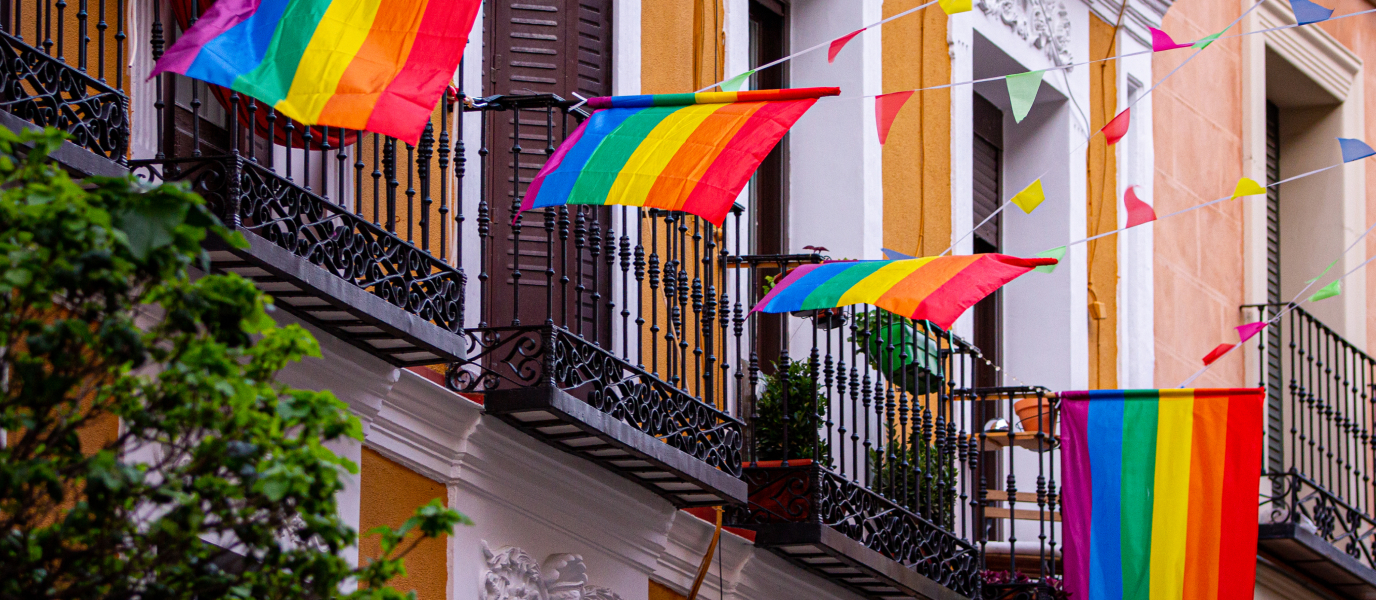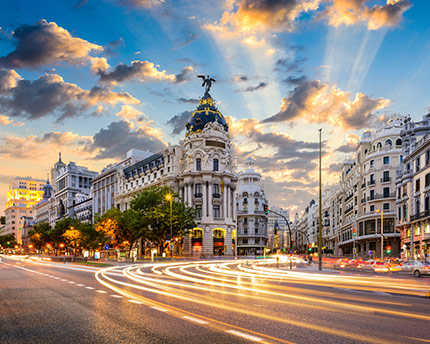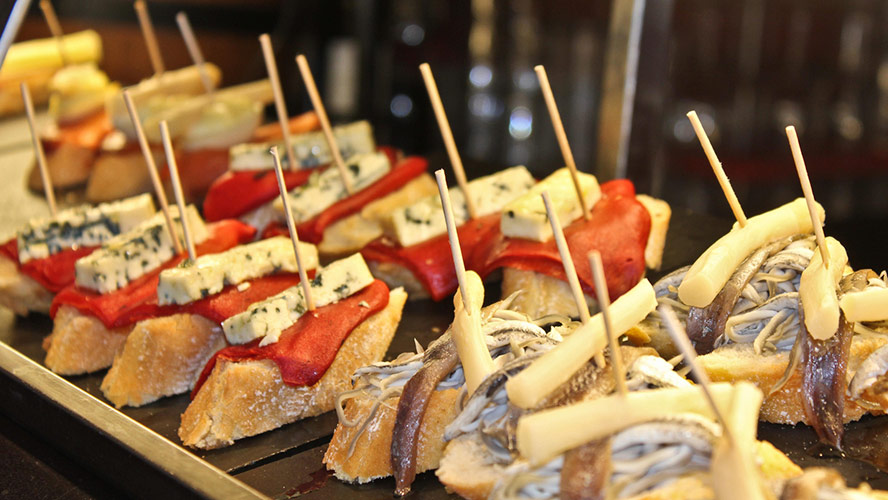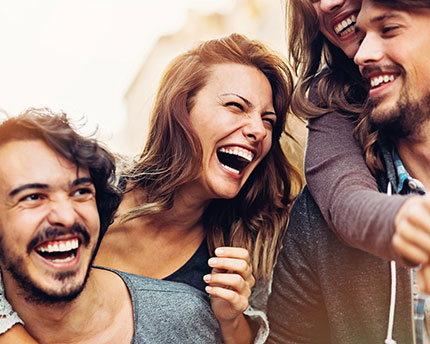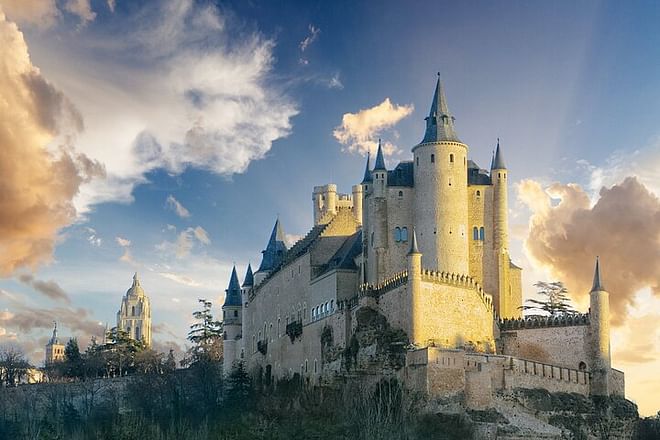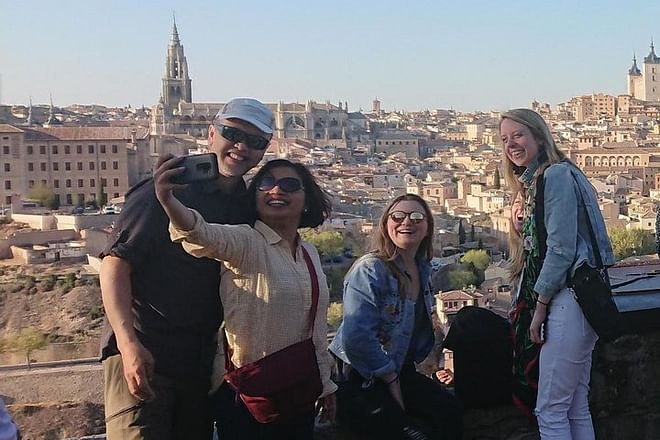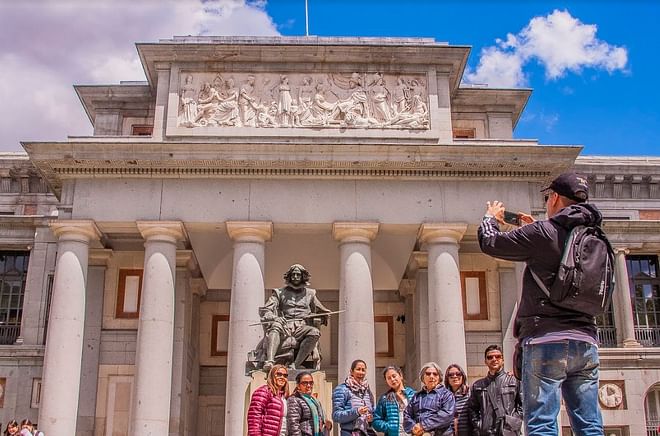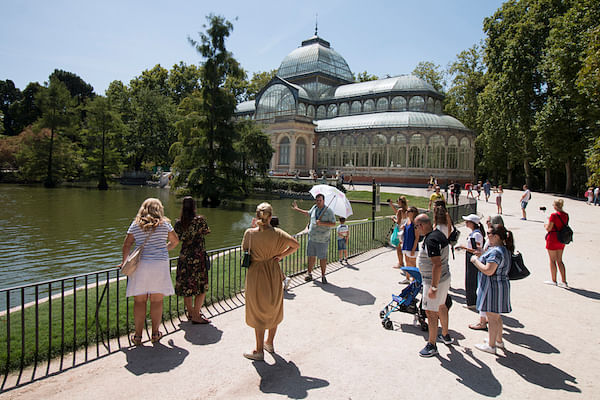During Gay Pride week (Mado’19), the whole of Madrid hits the streets to enjoy a colourful party atmosphere, without forgetting what the celebrations are all about. This is Europe’s biggest LGBTI (lesbian, gay, bisexual, transsexual, and intersexual) event, and one of the most important in the world, reflecting Madrid’s fun, welcoming personality, and the city’s respect for everyone who visits it. Every year, more than a million and a half people converge in Madrid to take part in free, open-air concerts, parties, art, cultural and sporting events in different settings spread around the city, with the epicentre of it all in the Chueca neighbourhood. One of the hallmarks of this party is the way celebrations blend with a demand for equal rights, encouraging the inclusion of absolutely everyone.
Open–air stages appear in all of the city’s main squares and huge concerts are held, with everyone dancing and having fun. It all culminates with the float parade.
Madrid Gay Pride festival
The regeneration of Madrid’s Chueca neighbourhood has drawn the attention of lots of other cities in the world. The LGBT community started moving into the area in the eighties at a time when it was one of the most deprived neighbourhoods in the city. Little by little they transformed it, and today it’s one of Madrid’s most cosmopolitan areas, where people are free to enjoy life unchained by prejudice and exclusion. The first protests took place here, in Plaza de Chueca and Calle Pelayo. 1997 was the first year that floats took part in the protests, lending a festive touch to proceedings.
Currently, the celebration of Pride in Madrid attracts more than one and half million people and the whole city turns into one big festival of integration, with activities taking place all over the centre.
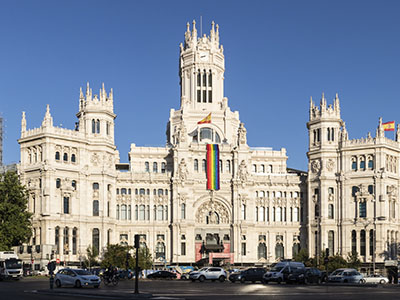
50 years of LGBT protests
The first Madrid Gay Pride was held on the 25th June 1978, when 7,000 people took to the streets. This first protest was organised by the Frente de Liberación Homosexual de Castilla (Castilla’s Homosexual Liberation Front) to demand a legal change so that certain sexual choices were no longer seen as a crime.
They chose this date, as have a lot of other cities, as a tribute to what happened on 28th June 1969 in New York. The New York pub Stonewall Inn, popular with homosexuals, was often raided by police. That day, the customers inside shouted ‘we’re not leaving’, and the collective protests against discrimination began. In 2019, we’re celebrating 50 years since the beginning of this LGBT movement.
Orgullo Gay Parade
The protest is the centre of the Gay Pride festival. It’s organised by COGAM (Colectivo de Lesbianas, Gays, Transexuales y Bisexuales de Madrid – Madrid Collective of Lesbians, Gays, Transsexuals and Bisexuals) and FELGTB (Federación Estatal de Lesbianas, Gays, Transexuales y Bisexuales – State Federation of Lesbians, Gays, Transsexuals and Bisexuals).
It starts in Atocha, in Plaza del Emperador Carlos V, passes along Paseo del Prado to Plaza de Cibeles, turns towards Puerta de Alcalá and then moves along Paseo de Recoletos before ending up in Plaza de Colón.
In the lead group march representatives of the groups that organise the event alongside representatives of institutions that collaborate, such as Madrid’s city hall. Behind them march the associations that belong to the State Federation and other collectives. Then come the rest of the social organisations that aren’t LGBT.
Bringing up the rear come the floats that create the party atmosphere, with pumping out music and bursting colour. More than 40 floats take part in the fun.
Other activities
Madrid Pride is also about raising awareness, which is why there are spaces that allow people to meet and reflect, in a forum that encourages the exchange of experiences and support for countries in which the LGBT collective is still persecuted today.
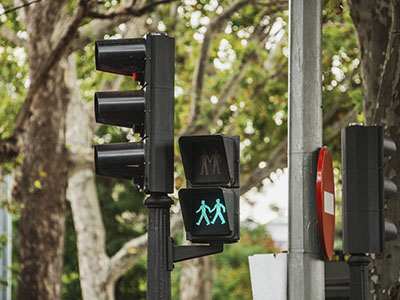
There are also lots of sports competitions that fill the city with colour and diversity. You’ll find sports like badminton, football, basketball, swimming, tennis and volleyball. Culture takes to the streets too, flooding the squares of the centre with dance, music, theatre and dramatised readings, to name just a few.
But there’s also a very festive element to the program of activities, like the famous Heels Race in Calle Pelayo, or the Mr Gay Pride Spain competition.
Two of the most stand–out cultural events are La Culta and La Oculta. The Social Arts Festival, La Culta, was born to encourage the development of cultural activities during Pride to allow for reflection on gender diversity.
For its part, La Oculta is an alternative space that combines activism, culture and queer thinking.
Another event that takes place in the capital is Gayday Madrid. In September, Madrid’s theme park hosts a day celebrating diversity during which members of the community and their families and friends can enjoy a day with a festive, inclusive atmosphere. Lovers of queer movies converge at Lesgaicinemad in November. This a festival of LGTBI-themed films, or films directed by members of the collective.
Throughout the year, the Museo Nacional Thyssen-Bornemisza offers the ‘Amor Diverso’ (Diverse love) exhibit, with an audio-guided tour that steers you through various themes, iconography and characters related to the collective that have been represented in art, sometimes in the most subtle of ways.




































































